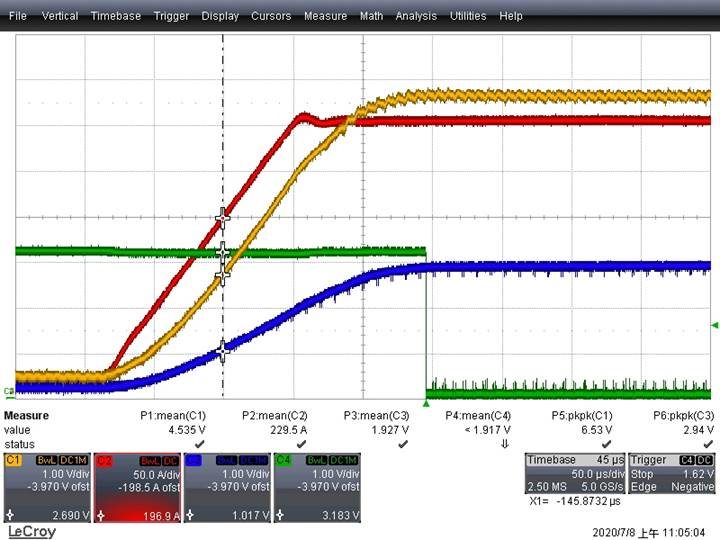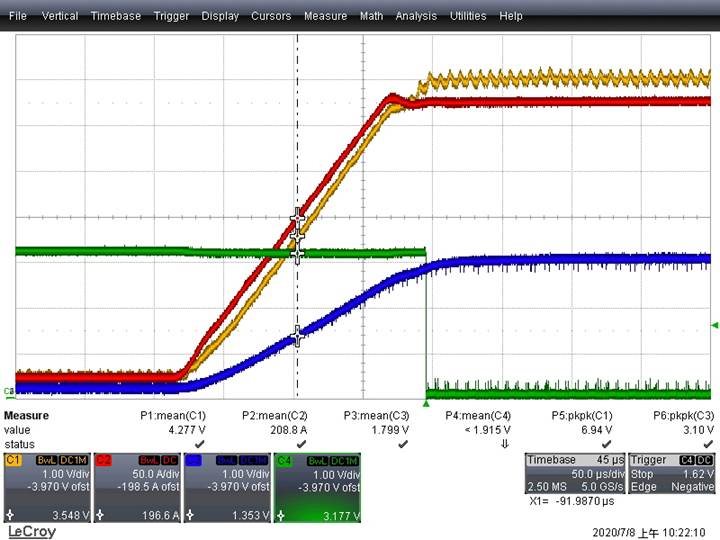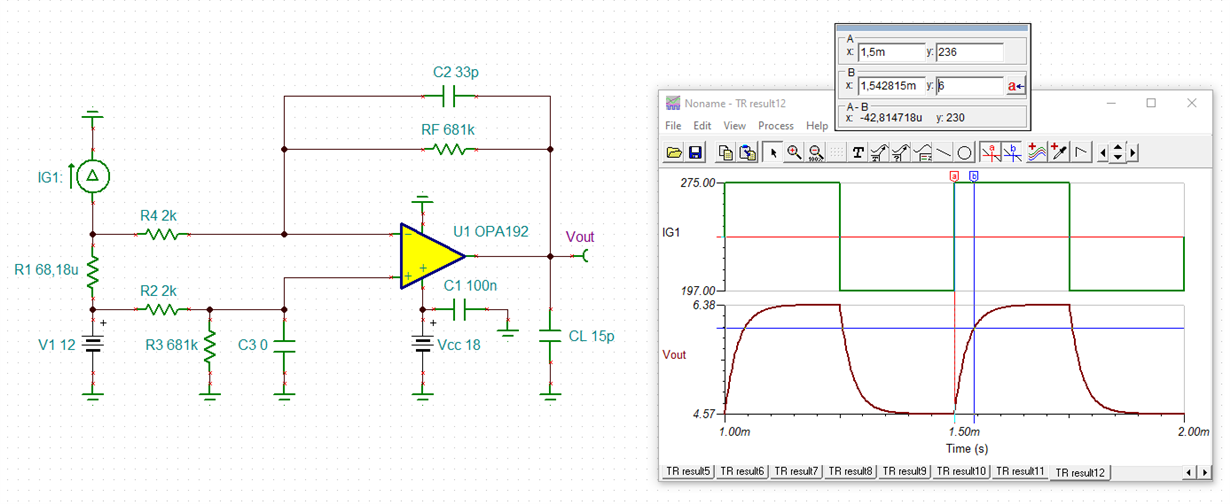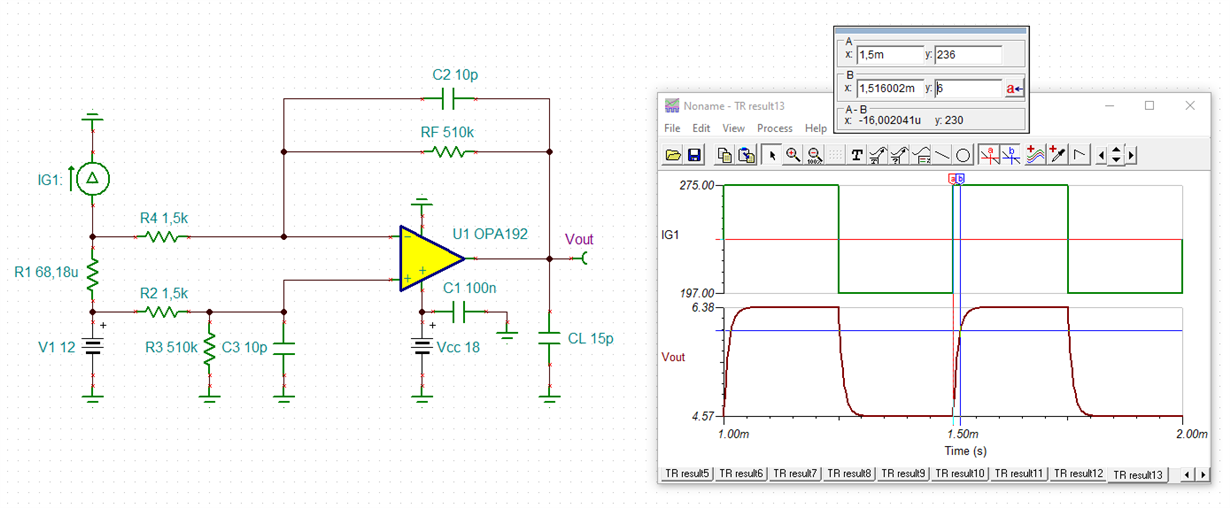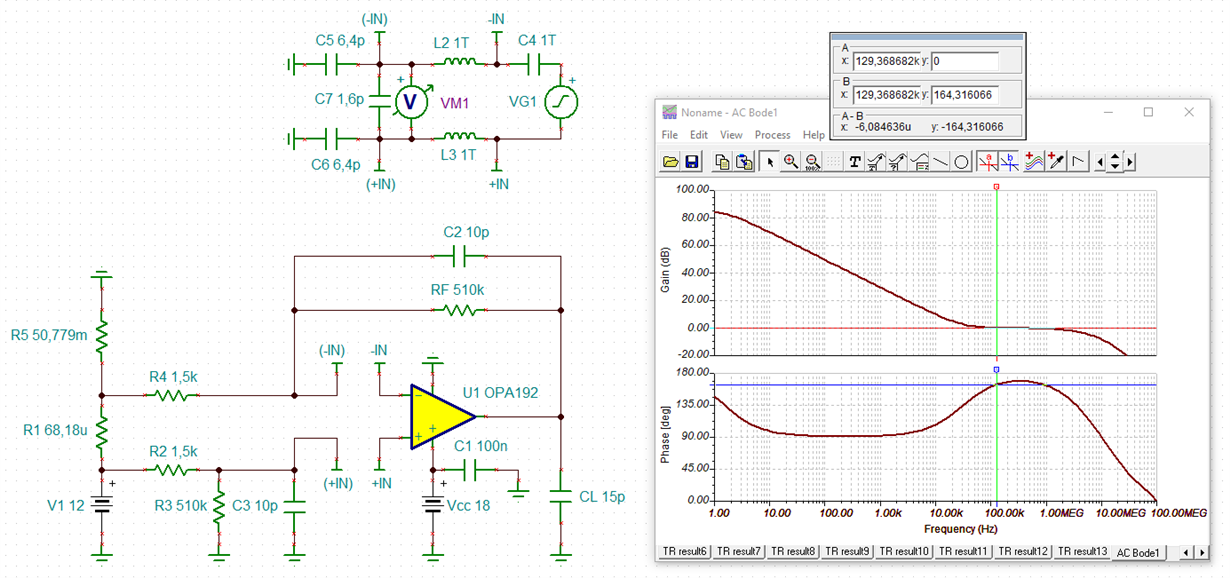Other Parts Discussed in Thread: OPA192,
Hi Support team
The current magnification is 681K // 2K. Considering that the magnification needs to be the same, it must be changed to 68.1K // 0.2K. Is there any problem with the use of IC?
Application circuit is as following




